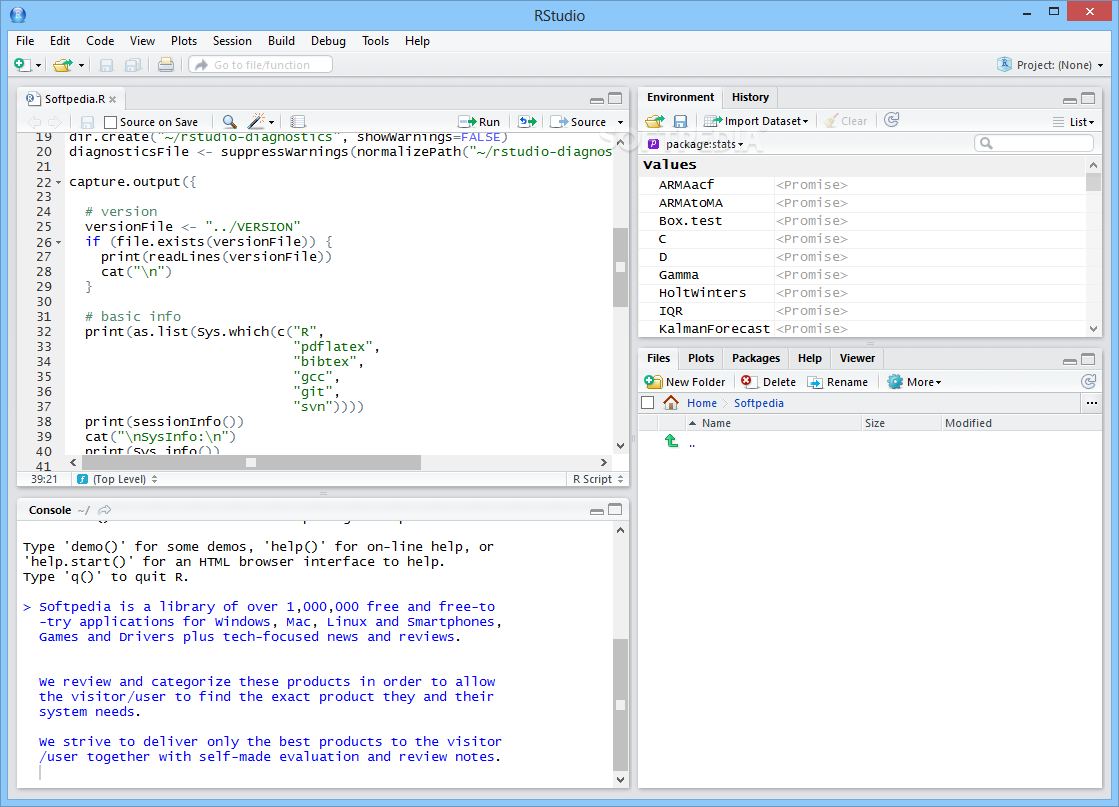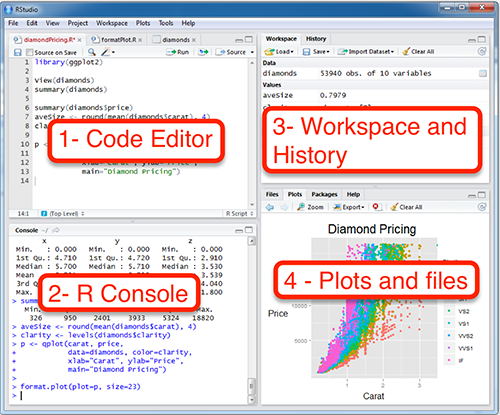


It encapsulates code into a unit of computation that can be built on top of, one which doesn’t care which language or system that code needs to run. The common scenarios I want to cover are:ĭocker is the main mechanism to achieve scale on GCP. It seems this has developed into my niche, and I get questions about it so would like to be able to point to a URL.īoth R and the GCP rapidly evolve, so this will have to be updated I guess at some point in the future, but even as things stand now you can do some wonderful things with R, and can multiply those out to potentially billions of users with GCP. MyData <- as.ame(read_csv(file.path(data_dir, “something.This post covers my current thinking on what I consider the optimal way to work with R on the Google Cloud Platform (GCP). library(“data.table”)ĭata_dir <- gs_data_dir(“gs://your-bucket-name”) If you want it formatted as a data frame it should look something like this. You would then want to read data from the file path with read_csv(file.path(data_dir, “something.csv”)). Then you would need to use gs_data_dir(“gs://your-bucket-name”) along with specifying the file path file.path(data_dir, “something.csv”). I would assume you are accessing this data from a bucket? Firstly, you would need to install the “readr” and “cloudml” packages for these functionalities to work. There is one other way you can read a csv from your cloud storage with the TensorFlow API. MyData <- as.ame(fread(file="$FILE_PATH",header=TRUE, sep = ',')) Here is the code snippet I ran and managed to display the data frame for my data set: library(“data.table”) In order to run this code snippet make sure you install (install.packages("data.table")) and included the library library(“data.table”)Īlso be sure that you include the fread() within the as.ame() function in order to read the file from it’s location.

I’ve tried running a sample csv file with the as.ame() function.


 0 kommentar(er)
0 kommentar(er)
